Art & Tech
Wake Up! A New Project Wants to Collect Your Dreams for a Public Art Installation
Commissioned by Creative Time, Cosmologyscape will interpret dreams as algorithmically generated quilts.
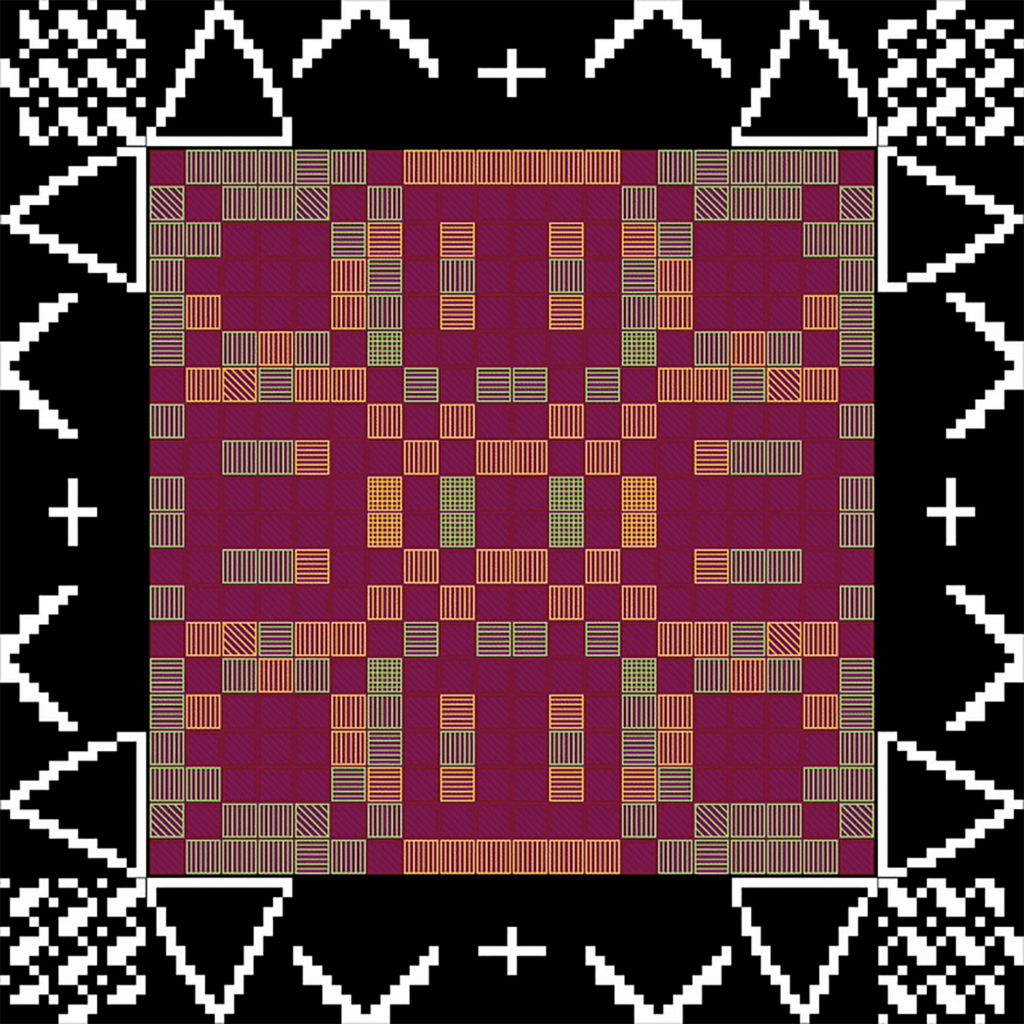
What’s in a dream? For artists Kite and Alisha B. Wormsley, it’s more than a bit of reverie one has while asleep (or awake), but an individual and collective phenomenon just waiting to be creatively harnessed. It’s the motivation behind the duo’s new public art project, which is inviting dreamers to make their subconscious conscious.
The pair has launched Cosmologyscape, a website where visitors can submit their dreams, to delve into the roles dreams play in our waking lives. These submissions will be interpreted as digital quilts, which are generated using machine learning. The project was commissioned by Creative Time, the public art nonprofit that selected Kite and Wormsley’s proposal from more than 600 responses to its 2022 Open Call.
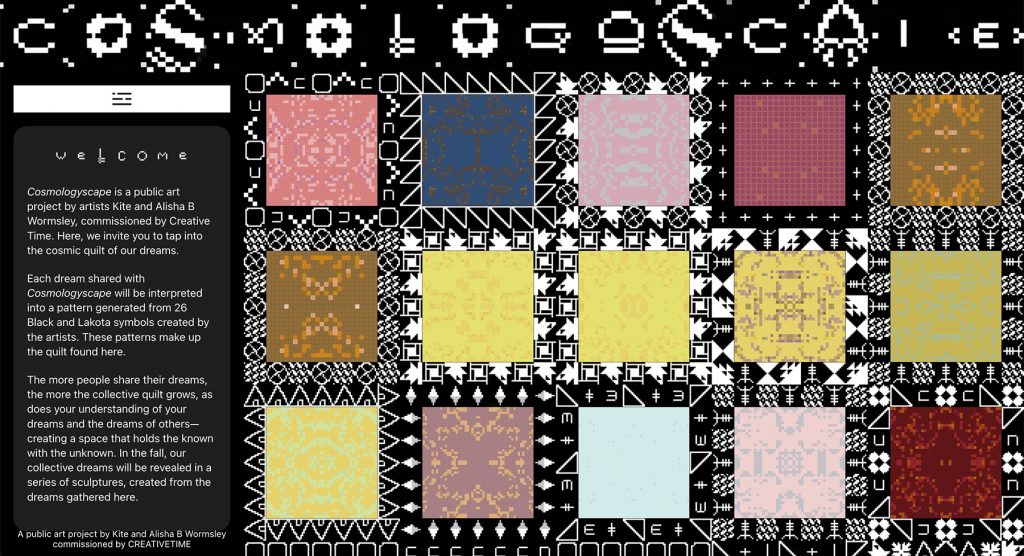
The Cosmologyscape interface. Photo: Cosmologyscape.com.
Both artists claim a long and rich engagement with the dream world (when not dreaming themselves, of course). Over a video call, Kite, who is of Oglála Lakȟóta descent, highlighted how the “non-human world” shapes the creation of art and song in her culture, while Wormsley, best known for her work in Black futurism, sees strength and insight that could be mined from the dream realm.
“We have no time to really think about how we want to live in this world, because we’re always fighting against oppression,” she said, noting the burden of inequality borne by Black people in America. “That really hit me as an artist, like, what spell can I put in the air to make it so that we know where we exist and that we’re always going to exist? How can we dream a better way of existing?”
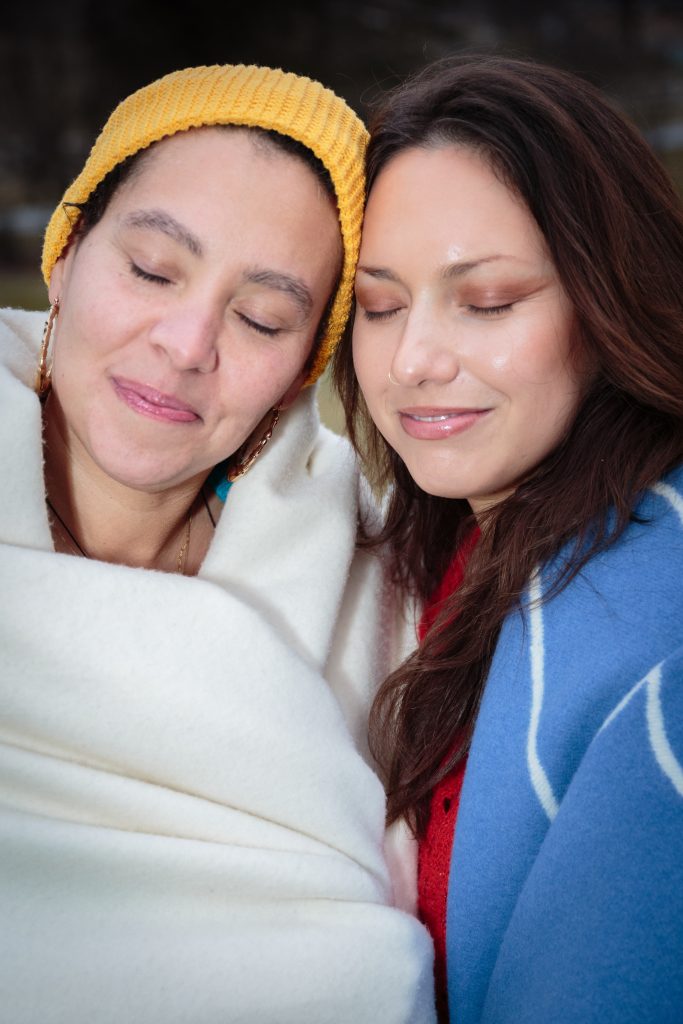
Alisha B. Wormsley and Kite. Photo: Tony Turner.
In 2019, the pair conducted a series of workshops that brought together Black and Indigenous creators to explore dreaming practices. Cosmologyscape grew from these sessions, as well as a February 2024 workshop co-hosted by Creative Time, where gathered artists developed “Dream Paths” or methods to interpret dreams, also featured on the website.
Kite and Wormsley have further constructed a visual language, combining 13 African-American quilting motifs and 13 Lakȟóta dream symbols, with which to translate dreams. Visitors contributing to Cosmologyscape will receive an animated, algorithmically generated quilt composed of these symbols based on their dreams, plus a tea recipe corresponding to the emotions described in their daytime or nighttime visions.
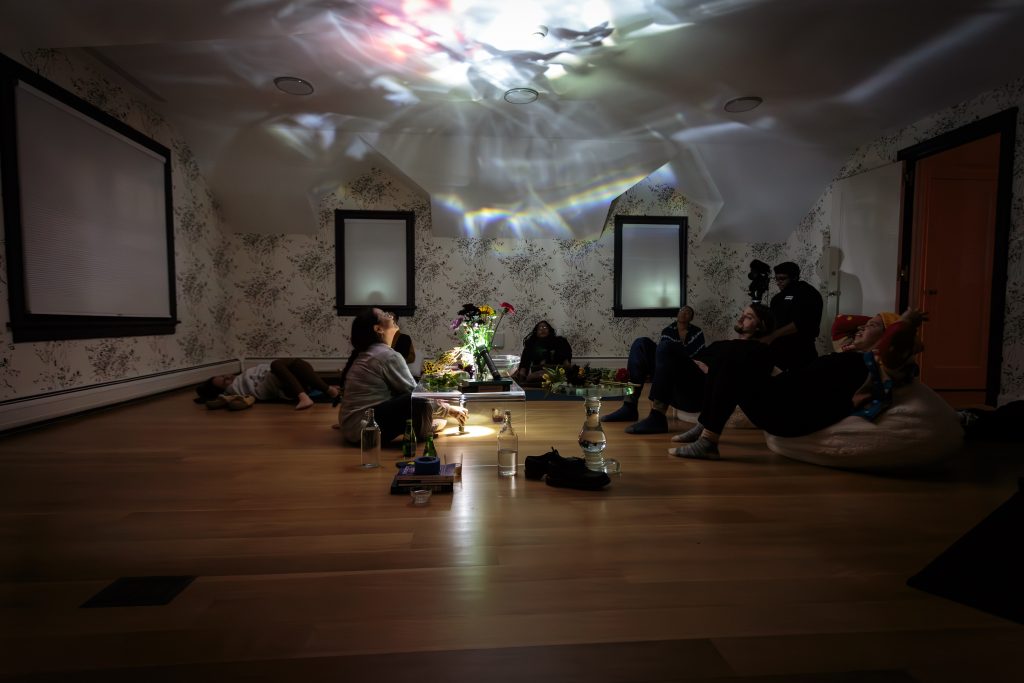
An Invitation for Black and Indigenous Futurists to Dream workshop hosted by Kite and Alisha B. Wormsley. Photo: Tony Turner.
That these responses have been generated with machine learning builds on Kite’s long-running exploration of A.I. through an Indigenous lens. Her work on Indigenous Protocols for A.I., which began around 2019, aims to center Indigenous peoples in the ethical development and use of A.I. Cosmologyscape builds on that approach, transforming a technology that could be used to oppress people into one that offers illumination.
“The common A.I. tools that artists use and engage with at this moment do not deal in meaning-making. It’s very large data, statistics,” she said. “We are interested in meaning. The reason people share their dreams with each other is to explore great meaning that is anomalous and emergent in this physical world.”
“How can we see the potential of this technology,” Wormsley added, “if we don’t tap into our own potential?”
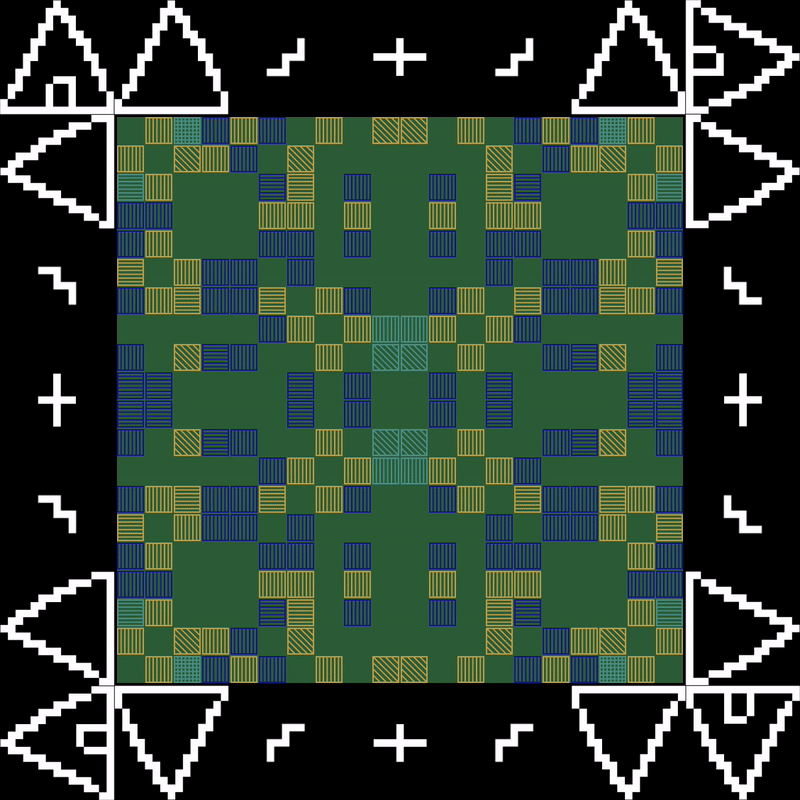
Digital quilt square depicting a dream from cosmologyscape.com by Kite and Alicia B. Wormsley, 2024. Courtesy of the artists and Creative Time.
On June 20, the artists will bring the dream world into the waking one with Day of Dreaming. The one-day event at the Weeksville Heritage Center in Brooklyn will feature music performances, movement and meditation sessions, and workshops where audience members can learn from and acknowledge their dreams. It is free to all.
As more dreamers contribute to Cosmologyscape, the project will grow into a collective quilt, elements of which will inform public sculptures set for a September unveiling. Since the works depend on what is submitted to the platform, Kite or Wormsley have no clue yet what forms they will take, only that they will be the stuff of our dreams, singular yet conjoined.
“I’ve been seeing it as this cosmic quilt that’s unfolding together,” said Kite. “There’s an extreme specificity to it but also an extreme connectedness.”





